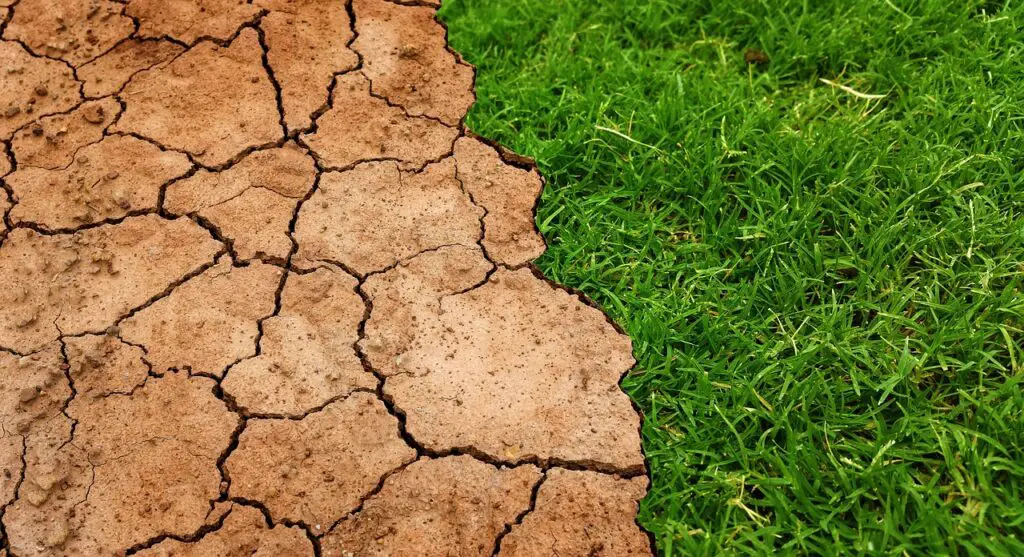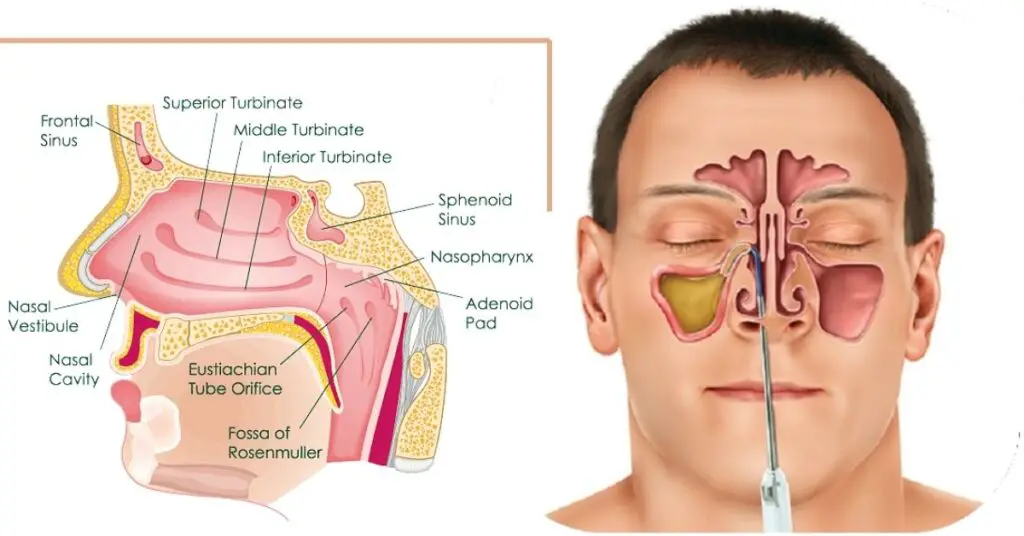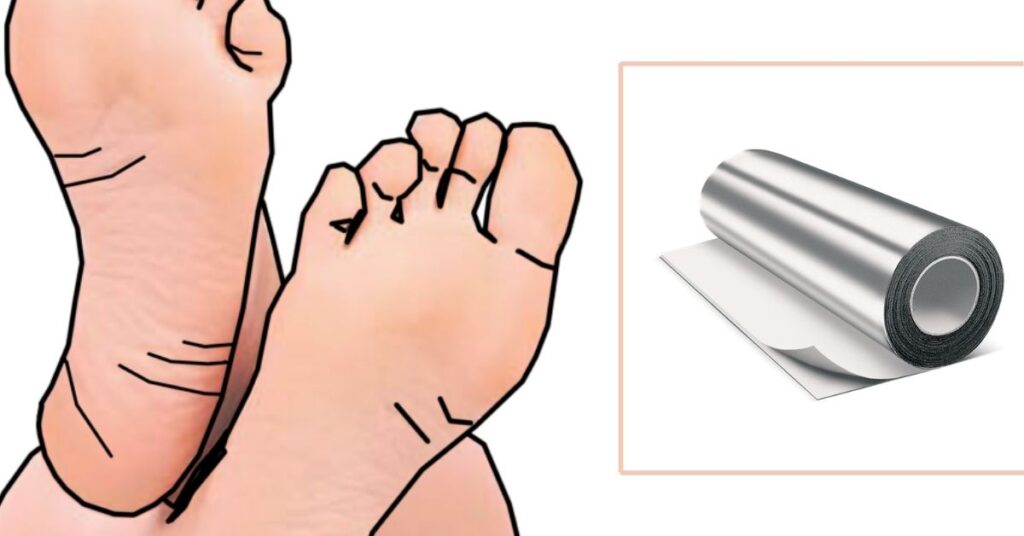There are trillions of microbes retained in the Arctic’s permafrost that may soon come alive due to climate change.
Climate change is causing the water on Earth to melt. The Arctic is getting warmer much faster than the rest of the world. With the rise of the temperature, a great part of the permafrost, glaciers, and ice is melting. Frozen water contains a vast amount of ancient microbes, like bacteria, algae, fungi, and viruses.
One-quarter of the Earth’s surface underlies by permafrost. Researchers have recently analyzed samples taken from ice from the northwest part of the Tibetan Plateau in Asia that was 15,000 years old. Their preliminary results revealed 28 new virus groups that were previously unknown to science.
Can excessive melting bring infectious diseases?
Now, we are faced with the question of whether excessive melting can bring infectious diseases. Siberia was infamous for the serious bacterial disease called anthrax at the beginning of the 20th century that led to an infection that was called “Yamal disease”. The solution to this problem was the vaccination of the deer and a more in-depth analysis of this disease.
In 2016 a new epidemic took hold again. Many people fell sick with a bacterial infection called “Siberian plague” that developed due to climate change. Permafrost in the area was melted by a heatwave and a reindeer carcass was infected in the Siberian tundra. Scientists suggest that population growth and the decline in deer vaccination were the reasons for this outbreak, but people are still afraid that trapped microbes could come out and infect them again.
Decades ago there was a fear among people that the bodies of those who died from the previous pandemics buried in the permafrost could come back and cause the infection again. In the 1950s, in the Alaskan permafrost, scientists found the body of a woman who died from the “Spanish flu” pandemic in 1918, and the same worries were raised.
But, there is no clear evidence that revived microbes can infect mammals or humans. In 2015, French researchers discovered a thousand years old virus called Mollivirius sibericum in northeastern Siberia. It was shown that this virus could not infect humans, only amoeba.
Revived microbes are a serious threat to our health
Although ancient viruses cannot infect us, the microbes that arise from the melted permafrost are a certain threat to our health. Climate change for sure revives these microorganisms, and these revived microorganisms affect the climate too. When they come back to life, they start to breathe again and to release great amounts of methane and carbon dioxide into the atmosphere.
They are already releasing massive quantities of greenhouse gases and their effect on the planet’s atmosphere is very complex and serious as it can deepen the climate crisis and melt an even bigger part of the permafrost.








